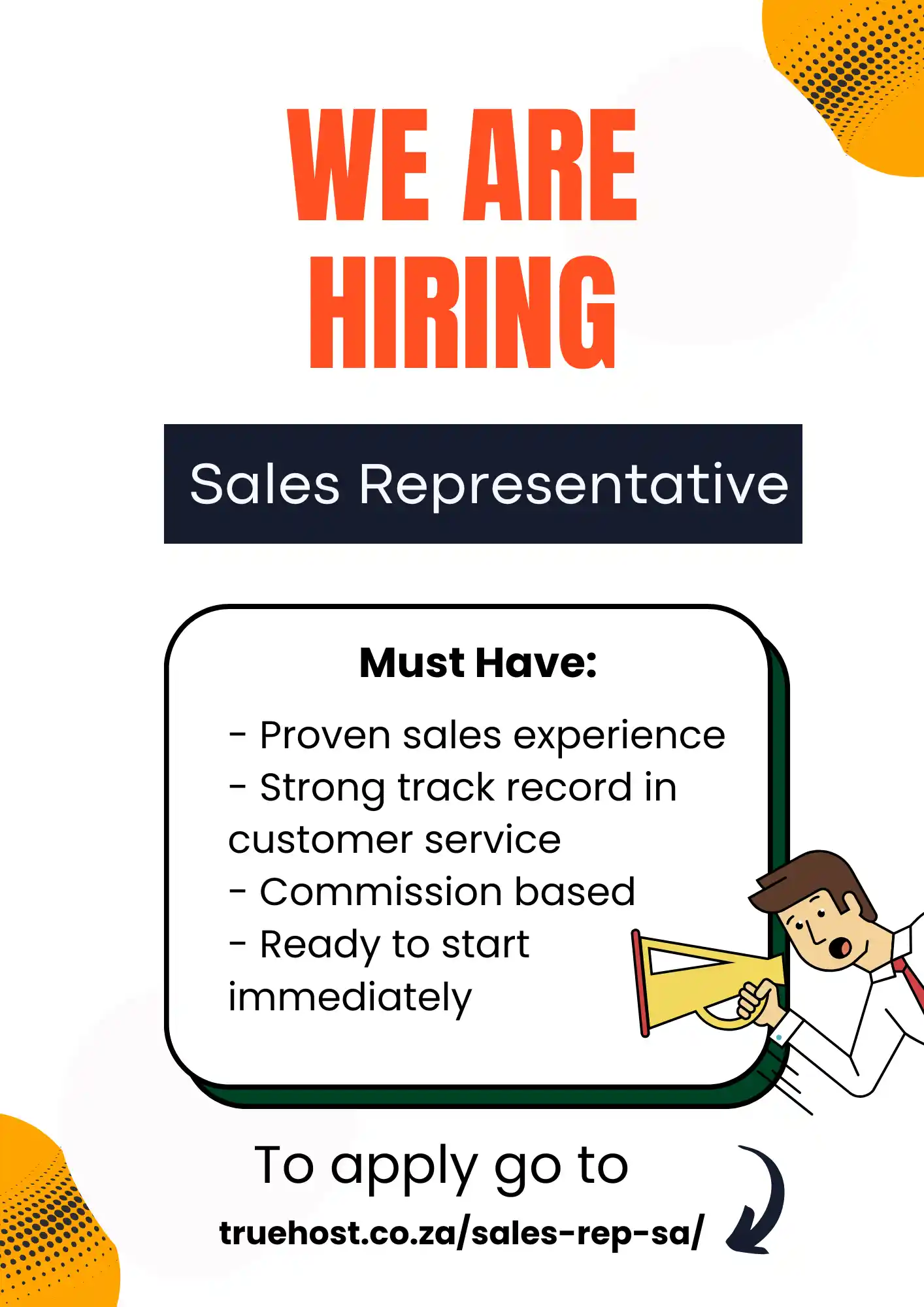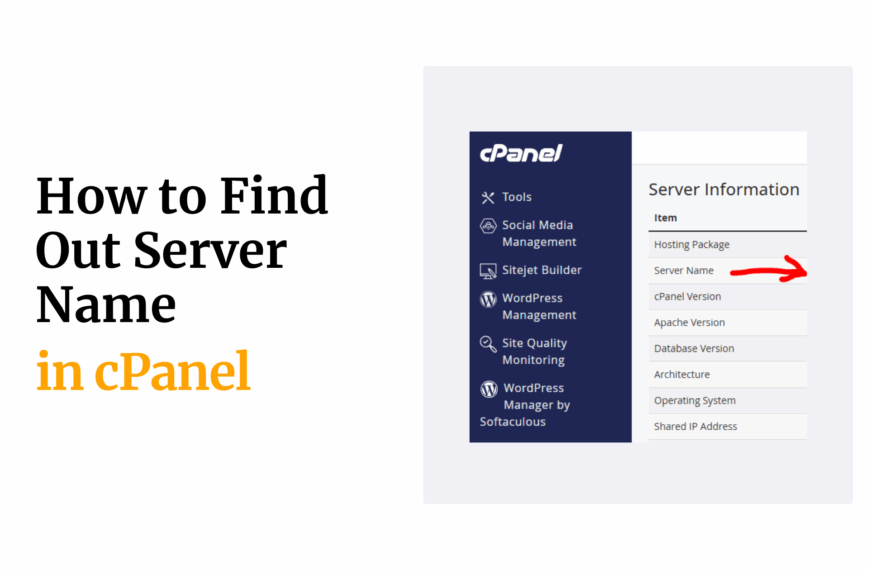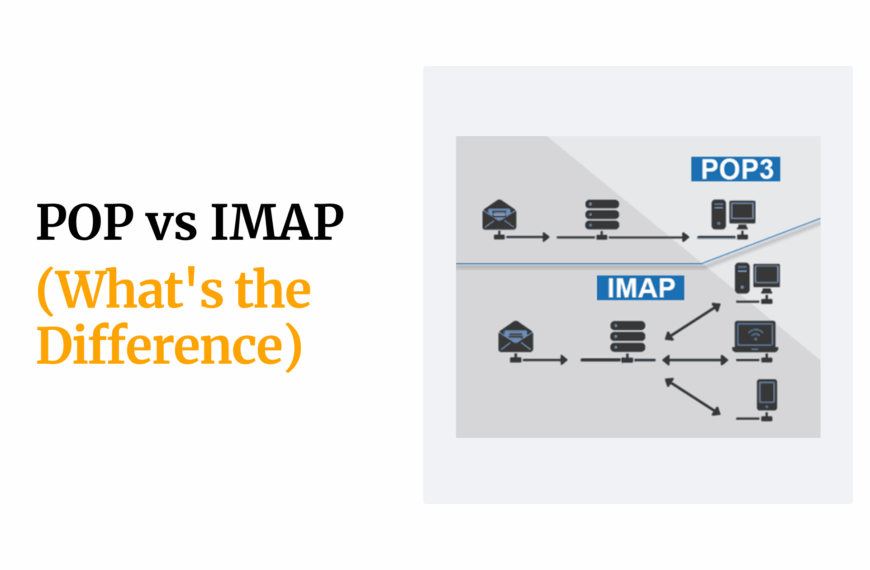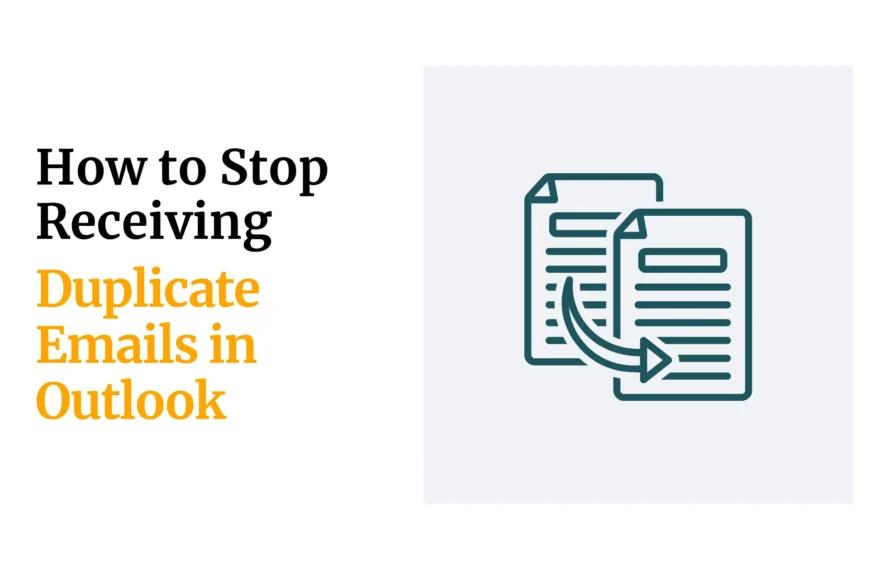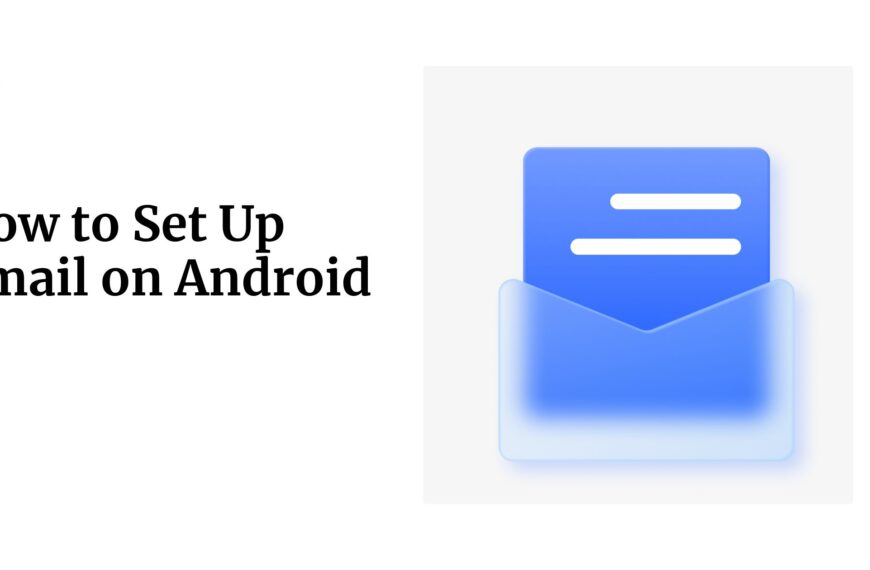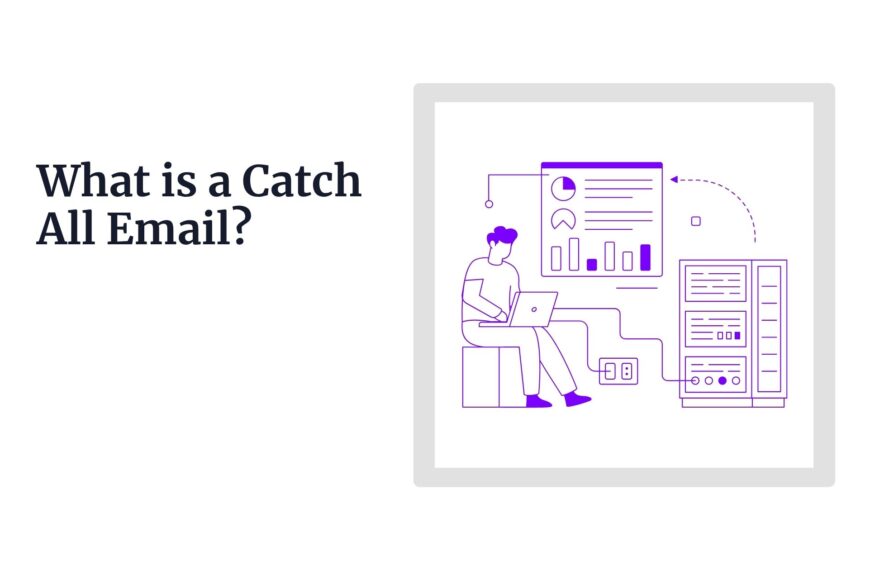Last updated on August 2nd, 2025 at 10:59 am
Ever spent 10 minutes staring at a blank email and simply didn’t know where to begin?
No matter how long or little you have known a friend, family, colleague, or acquaintance, sometimes writing a personal email can be intimidating.
While personal emails should feel like a conversation, they can sometimes be a back-and-forth game of trying to find the perfect words.
If you feel stuck on that subject line, this guide will help you write any personal email. Plus, it includes real examples, good and bad, to keep you on track.
Table of Contents
How to Write a Personal Email (With Examples)
If you want to send a personal email to a friend, colleague, or mentor, the content can make a big difference in reception and perception.
Before you send out your next personal email, here are some tips you can use.
Start with a Clear and Engaging Subject Line
Think of the subject line like how you package a gift. The packaging is what your recipient will see first, so it needs to be impressive.
Your email subject line should also be persuasive enough to encourage the recipient to open the email.
Instead of using vague phrases such as hello, or quick question, you try being precise.
For example, if you are emailing a former colleague and asking them if they would like to have coffee next week, you can use this as your subject line:
- Good subject line: Catching up over coffee next week?
- Vague subject line: Hi
Tip: If your email is time-sensitive, include the timeline in the subject line so the recipient does not miss it in the main email content.
For example, if you need a guest to confirm attendance for a party, you can write a subject line like:
“RSVP Needed by Tuesday For Carol’s Bridal Shower”
A good email subject line should be:
- Action-oriented, for example, “Can You Review this by Wednesday?”
- Concise; short for readability. For example, “Quick Clarification about Your Presentation”
- Clear and specific, for example, “Baby shower rescheduled to Sunday, 2 pm”
- Personalized, for instance, “Loved your presentation on leadership.”
- Avoid spam-like subject lines.
Why your subject line is important:
- The subject line grabs the reader’s attention and determines whether they open the email
- It sets expectations for the email’s content by telling the reader what it is about before opening it.
- The subject line affects the email’s deliverability
- It creates a good or bad perception and represents you
- A good subject line improves response rate.
- A concise and searchable subject line makes the email easier to find
Use the Right Greetings
Greetings reflect your relationship with the recipient and set the tone of the entire email. When writing a personal email, you should consider the depth or nature of your relationship with the recipient before greetings.
You can use a formal salutation if you are contacting someone you have just met in your profession. For example: “Dear Dr. Mike” or “Dear Ms. Martha”
Formal greetings are perfect for emailing someone you don’t know well or in professional or academic settings.
If you are sending an email to a colleague or an acquaintance, you can use the semi-formal greetings format, such as “Hi Gauis” or “Good morning Mary. ” This format is perfect for people you know but do not know much, or casual business contacts.
If you write to friends and family, you can go as casually as possible. Feel free to use nicknames and affectionate terms. For example: “Hi Mom”, “Hi Sammy”, “Hi Paps”
Remember to only use casual greetings with people you have a close or informal relationship with.
The proper greetings in a good personal email should be:
- Appropriate for the sender-receiver relationship
- Warm but professional without being too stiff
- Personalized by using the recipient’s name
- Greetings should match the tone of the rest of the email
- Avoid generalized phrases
- Should consider cultural norms
Good and bad examples for email greetings:
| Good Greetings | Bad Greetings |
| “Dear Dr. Asher,” (professional reach out/networking) | “To whom it may concern,” (too impersonal) |
| “Good Morning, Malaika” (friendly and professional with colleagues) | “Hey!!” (too casual) |
| “Hi Santi” (semi-casual for acquaintances) | “Dear Sir/Madam” (this is outdated; use a name if possible) |
| “Hey, Dad!” (casual for close friends and family) | “Greetings” (vague and spammy) |
Perfect the Opening Paragraph
The first lines of your email establish a connection with the reader. Once you get their attention with a good subject line and the perfect greetings, you should keep their attention through a strong opening paragraph.
If you are writing an email to a family member or friend, start the email with a warm touch. For instance, you can remind a friend about a great time you spent together:
“I have been thinking about our vacation in Cape Town, and I can’t get over the fantastic time we had during the winetasting.”If you are reconnecting with a family member whom you haven’t talked to for a while, you can write an intro like:
“I hope you are ok. It’s been too long since we last caught up; it feels like forever.”When writing an opening paragraph in an email, you must understand your relationship with the recipient. If you are reaching out to a new contact, you can write an intro like:
"We met at the digital marketing conference last month—I really enjoyed your talk on brand storytelling." Or
"My name is Lynn, and I’m a colleague of James from the design team. He suggested I reach out to you about..."When you are writing an appreciation email after an event, you can write an intro paragraph like this:
"Thank you so much for the thoughtful gift. It absolutely made my day!"Or
“You really warmed our hearts by showing up for our Grandpa’s memorial.”The opening paragraph depends on the main message and purpose of writing the email. It should have the following characteristics:
- It should start with a friendly tone to create warmth and make the recipient feel appreciated.
- Personalize the intro by sharing a recent memory or something specific about the recipient.
- It should hint at why you are writing the email without revealing the main request.
- It should be short, 2-3 lines
- The intro should reflect the recipient’s communication tone
Good and bad examples of personal email intros
| Good Examples | Bad Examples |
| “Hi Lucy! I can’t believe it’s already been a year since our college reunion. How’s life in SA treating you?” | “Hello, I am emailing to ask you something.” |
| “Hey Dan! I just saw your post about the marathon. Congrats on finishing! How’s training going now?” | “Hi, I hope you’re fine. I need to ask you a question.” |
Structure the Body
Now that you are done with small talk, it’s time to communicate the exact message or request to the recipient.
One critical thing to keep in mind when writing an email body is breaking it into digestible pieces.
Instead of putting everything in one long block of text, use short paragraphs, 1-3 lines for readability. Ensure the recipient can see the message without over-concentrating on reading long paragraphs.
The goal is to ensure they see the message even if they skim through your email.
If you are writing an email to ask for something, clarify your request, but keep it polite. Try not to sound demanding. In this case, you can write:
“Would you be available for a quick call on Thursday? I’d love to get your thoughts on the bridal shower themes.”
We started with an intro that shows the reader that you care. You should keep that going even in the body. For example, you can write:
“I remember you mentioned you love baking. I just tried this amazing chocolate cake recipe and thought of you!”
Pro Tip: Write the body as if speaking naturally to your reader. For example:
“How’s your new job going? I’d love to hear how you’re settling in.”
This is what a good personal email body looks like:
- You should write as if you are on a phone call, talking naturally to your reader
- Keep it easy to read by breaking up long paragraphs and sentences
- It should be personal and refer to memories or specific details about the recipient
- Phrase your request concisely, but be polite
- Show interest in your recipients’ likes and share moderately about yourself where needed
- Keep the tone enthusiastic
Good and bad examples of a personal email body:
| Good examples | Bad examples |
| “I just finished reading that book you recommended, and it was amazing! The plot twist totally caught me off guard. Have you read anything good lately? Also, are you free to have coffee next weekend? I’d love to hear how your job search is going!” | “I read the book. It was good. Let me know if you want to meet.” |
| “Your graduation photos looked fantastic! I can’t believe how fast time flies. What’s next for you? Travel? A new job? Let’s plan a celebration brunch soon!” | “Congrats on graduating. What are your plans now?” |
Closing With a Call to Action
If you need your recipient to respond to something, you can end your personal email with a call to action. For example;
“Let me know if you would like to meet up. I’m free most of the afternoons next week.”
You do not have to close with a call to action if you do not need a specific response. You can write to make your recipient feel less pressured about responding.
“No need to respond. Just wanted to share this with you!”
A good personal email closing looks like:
- It matches the tone of the rest of the email
- It gently prompts the reader to give a specific response
- It has a personal touch by referring to a personal detail about the recipient
- It is concise and natural
Good and bad examples of closing a personal email
| Good example | Bad example |
| “So glad we reconnected! Let’s not wait another year to chat.” | “Bye.” |
| “Let’s plan that hike soon. I’ll text you next week!” | “Let me know.” |
Signing Off
When signing off, keep in mind the tone throughout your email. Examples:
- Formal tone: “Sincerely”, “Best Regards”
- Friendly: “Thanks”, “Take care”
- Casual: “Cheers”, “Talk soon.”
Proofreading
Before hitting send, read through the whole email. This helps avoid typos and grammatical mistakes that can ruin the quality of your email.
If you have mentioned any attachments in the email, ensure you have them before sending. Also, confirm the recipient’s address to avoid sending to the wrong person.
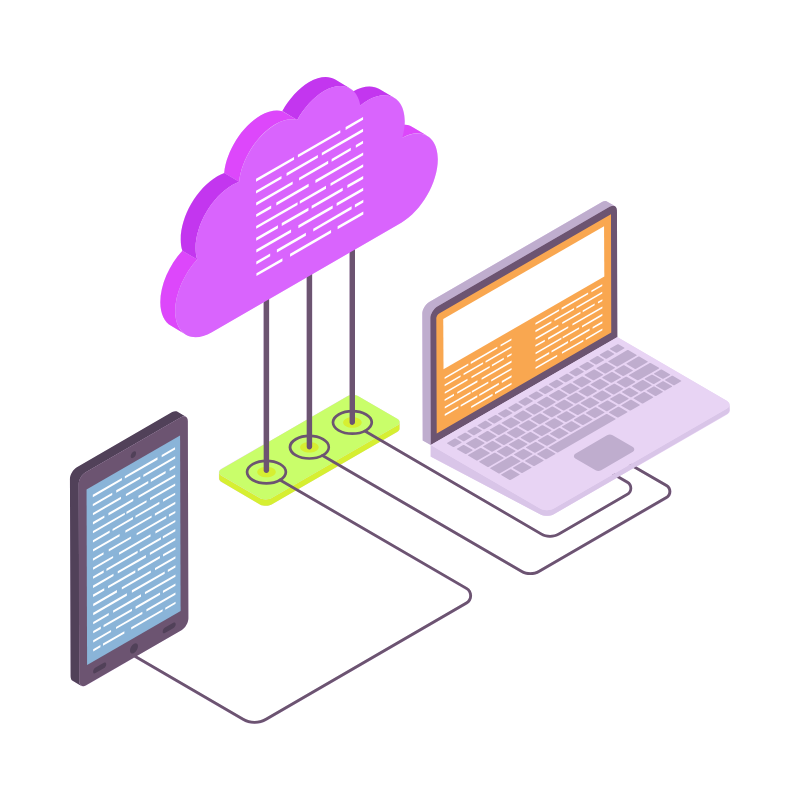 Web Hosting
Web Hosting Windows HostingBuilt for Windows apps and websites – stability, speed and flexibility
Windows HostingBuilt for Windows apps and websites – stability, speed and flexibility Reseller HostingLaunch a hosting business without technical skills or expensive infrastructure
Reseller HostingLaunch a hosting business without technical skills or expensive infrastructure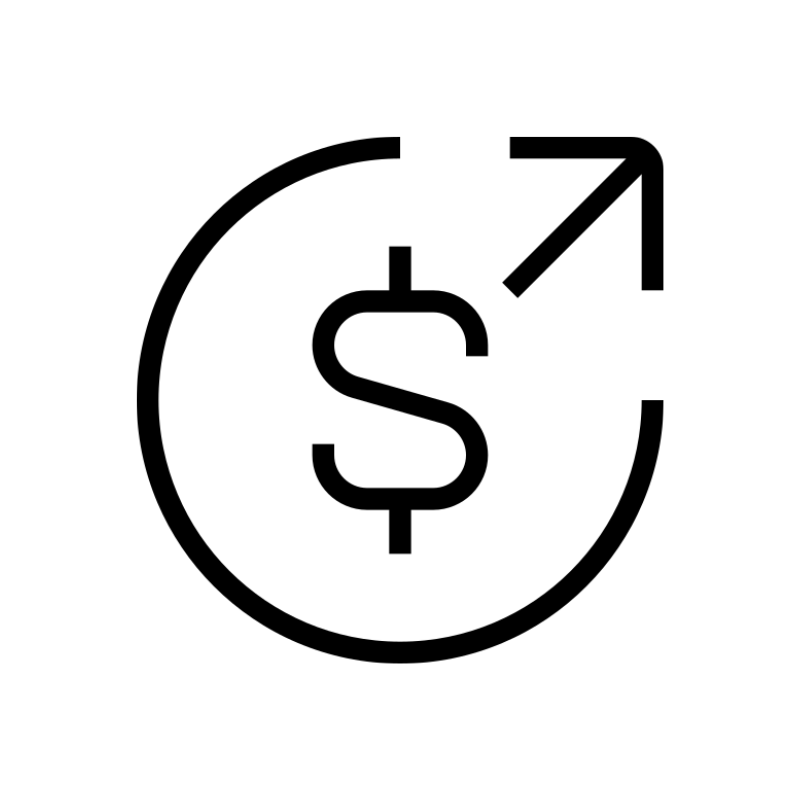 Affiliate ProgramRefer customers and earn commissions from sales across our platform
Affiliate ProgramRefer customers and earn commissions from sales across our platform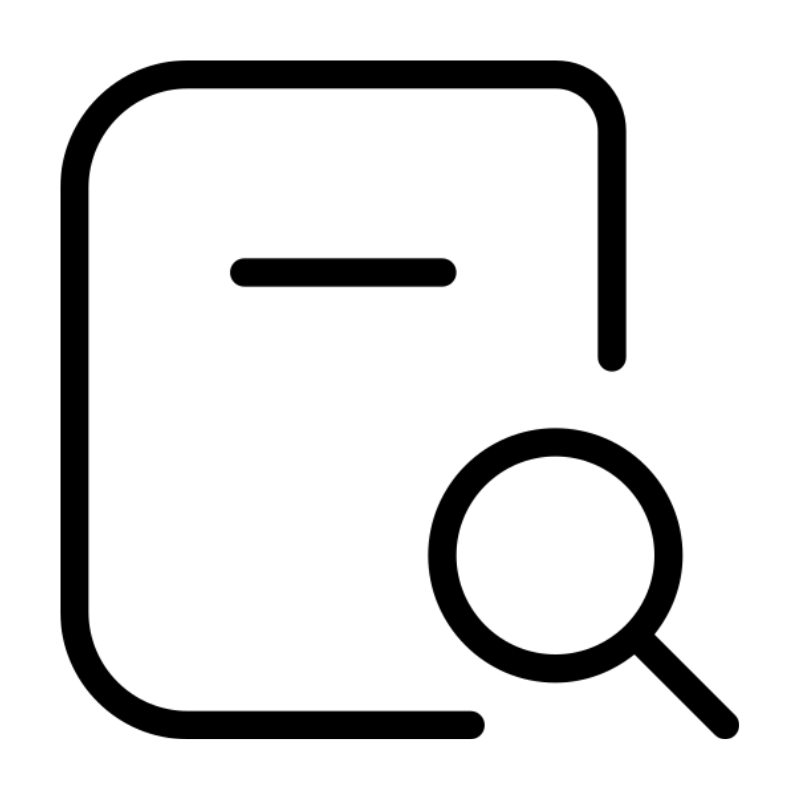 Domain SearchFind and secure a domain name in seconds with our quick lookup tool
Domain SearchFind and secure a domain name in seconds with our quick lookup tool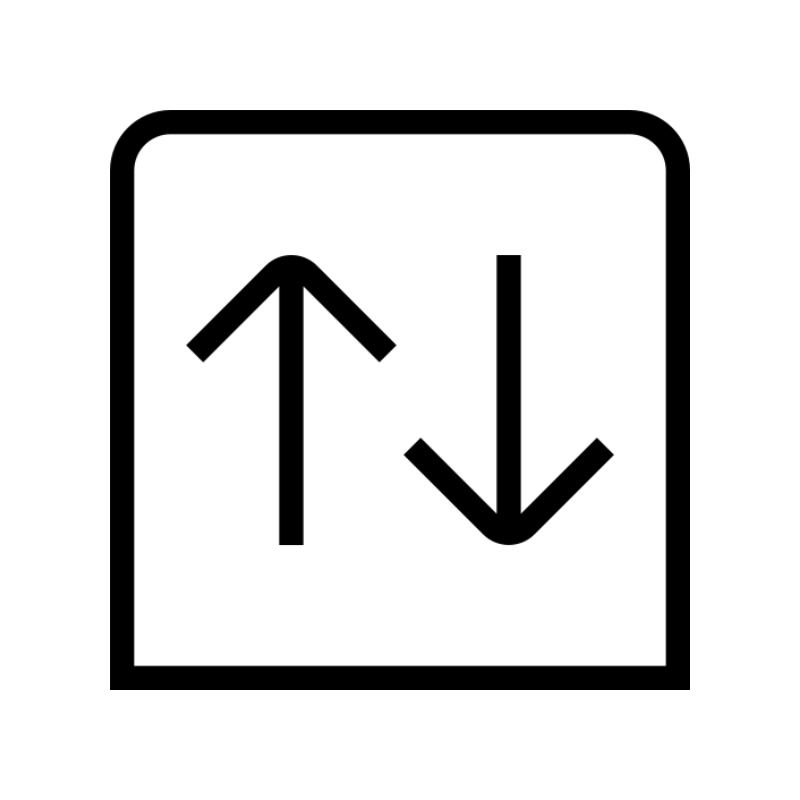 CO ZA Domains
CO ZA Domains All DomainsExplore domain names from over 324 TLDs globally – all in one place
All DomainsExplore domain names from over 324 TLDs globally – all in one place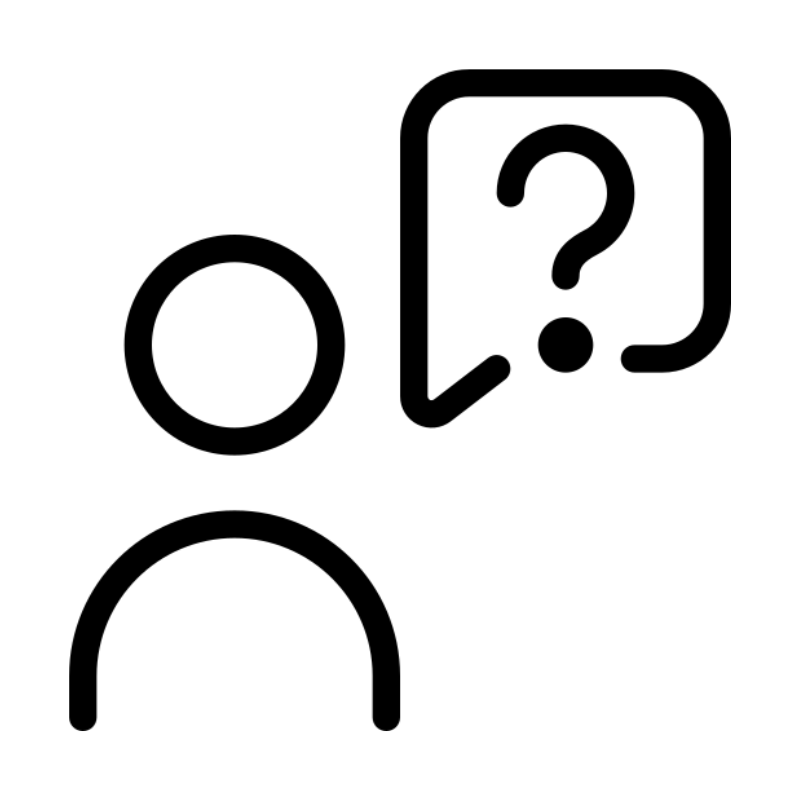 Free Whois Lookup Tool South Africa
Free Whois Lookup Tool South Africa VPS
VPS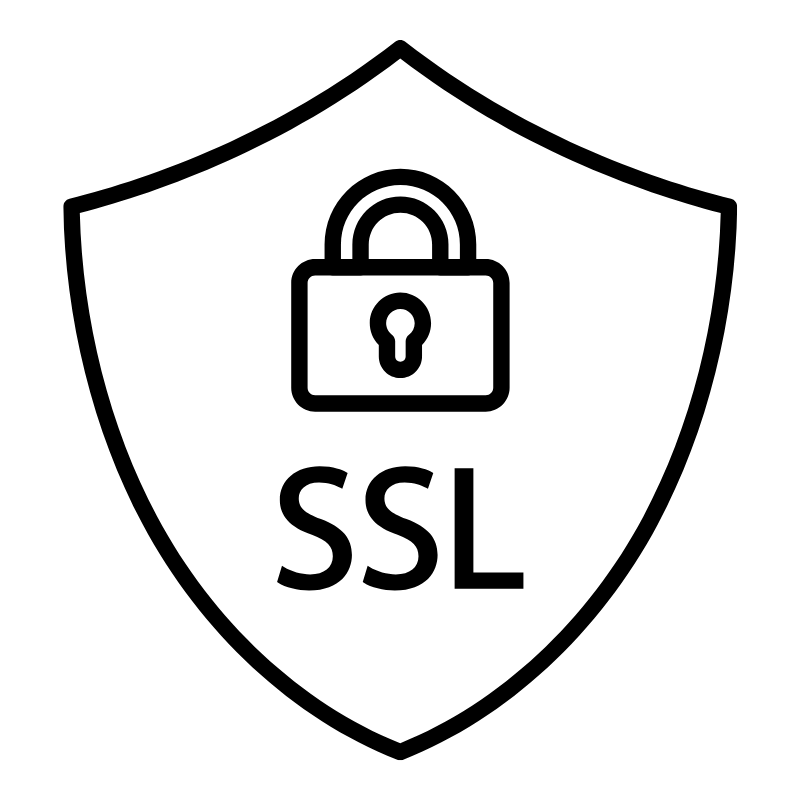 SSLs
SSLs